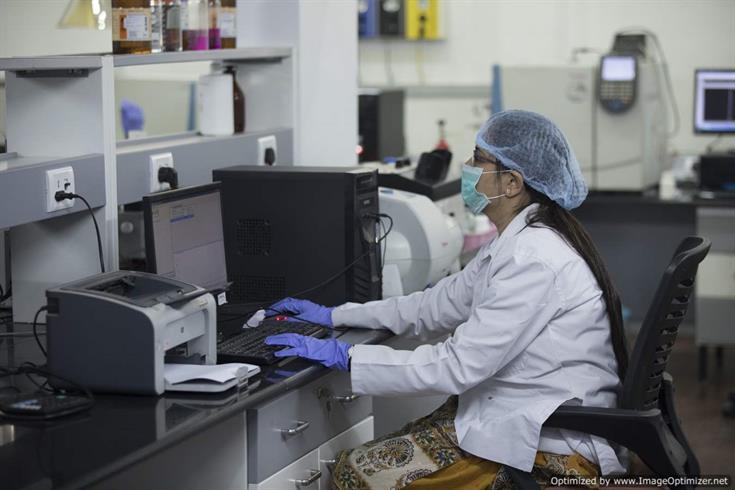Preventing any more heating of the earth should be one of our top priorities. It is a collective effort that is to be taken by the entire humanity. From ending our dependency on carbon-emitting fuels to establishing a net zero emissions target by 2050, every potential solution will play a vital role if we want to be in a position to stop the impending climate change.
Alongside a change to clean energy systems and decarbonising high-emission practices – such as construction or transport – we are making a concerted effort to remove carbon from our atmospheres by adapting greener ways in which we construct, consume, travel and generate power. But methods like carbon sequestration show how to work with the natural environment to tackle global warming.
Carbon sequestration is the process of capturing and storing atmospheric carbon dioxide. The idea is to stabilize carbon in solid and dissolved forms so that it doesn’t cause the atmosphere to warm. The process shows tremendous promise for reducing the human carbon footprint. We use carbon sinks to eliminate carbon dioxide from the atmosphere and any other places where carbon may be utilised.
One of the main techniques that policymakers, scientists and engineers find implementable is carbon capture and storage. It is a geoengineering process where carbon dioxide is first separated from other gases contained in industrial emissions. It is then compressed and transported to a location where it is safely isolated from the atmosphere for long-term storage or may be converted to oxygen which can then be used For breathing. For example, phytoplankton in the ocean takes up carbon dioxide and give oxygen just like plants do on land.
Carbon sequestration can happen in two forms: biologically or geologically. While it’s being encouraged artificially through various biological and geological methods, it also happens naturally in the environment on the biggest scale.
Biological carbon sequestration happens when carbon is stored in the natural environment. It includes ‘carbon sinks’, such as forests, grasslands, soil, oceans and other bodies of water. It is also known as an ‘indirect’ or passive sequestration. Geological carbon sequestration happens when carbon is stored in places like underground geological formations or rocks. This process is artificial or ‘direct’. It represents an effective way of neutralising emissions that enter human practices.
-By Darshini Shah





